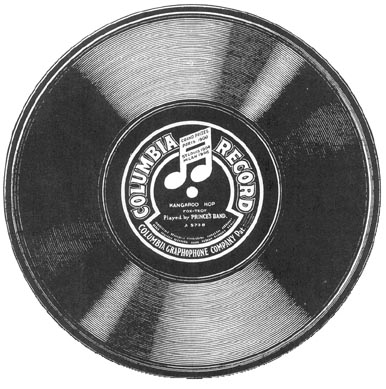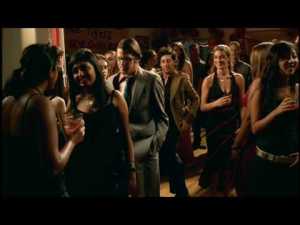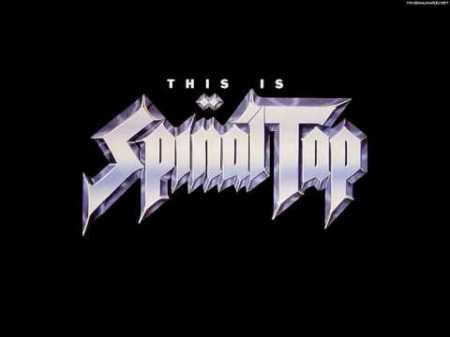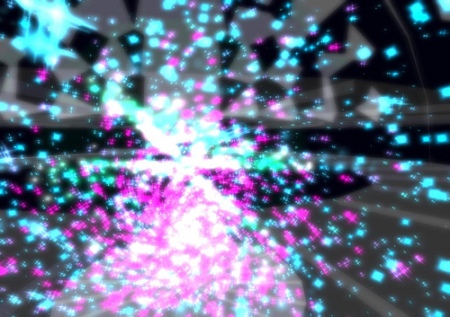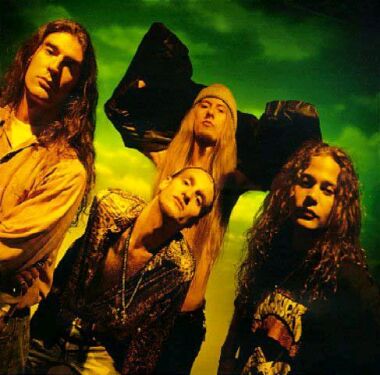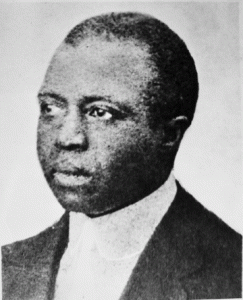If you haven’t guessed already, we are continuing with the “body” analogy. So, going back to our song specimen that we kidnapped during the last blog post, let us now examine it in full detail from head to foot; and, just to shake things up a bit, why don’t we go ahead and start with the foot, or, more generally, the legs.
The reason why the Introduction of our song would be the “legs” in this analogy can be found in one of the 3 purposes which Introductions to songs serve:
Introductions are supposed to:
- Catch the 1st time listener’s attention and interest
- Ensure the song is easily identifiable for non-1st time listeners
- Provide foundation and movement for the song
Just like our legs do, the introduction of a song should provide a solid foundation for the rest of the song (the rest of our body) and should set the song in motion (we run with our legs! duh!) Now, although there are a number of ways that an introduction could accomplish these goals, there are certain common themes in writing a good introduction that appear to work better than others. In my research about writing an effective introduction, I came across another songwriting blog written by Tom Slatter, a music teacher and singer-songwriter from the UK. In one of his posts (which can be found here), Mr. Slatter responds to one of his readers who had asked if he had any tips on writing a good introduction to songs. To answer this question, Slatter suggests 4 different ways to effectively introduce a song. His four are as follows:
- Establish the Groove
- Build Tension
- Use Middle 8 Material
- Surprise the Listener
As far as I’m concerned, this is pretty much correct… but if I thought it was 100% legit then this whole post would just be a picture of a woman’s legs and a giant link in 60 pt. font saying
Combining Mr. Slatter’s ideas with my own ideas and examples, I came up with a list of 5 commonly used and effective ways to open up a song. And the first one is….in no particular order…..
1. Establish the Identifying Groove/Riff: If your song has one of those catchy grooves or instrument riffs (you know, the kind that when you hear it you know the name of the song within 2 seconds), then writing an introduction to your song is easy… just get going on that riff! This type of introduction thus helps to fulfill purpose #2 of introductions (see above). By beginning your song with the identifying groove or riff, you will make your song instantly recognizable for past listeners. It can be especially effective if the riff or groove is played throughout the majority of the song, like in this video example:
Hopefully, mostly all of you would have been able to identify this song within 2 seconds of hearing that opening guitar riff. Another one of my favorite examples of a song with this kind of introduction is “A Whole Lotta Love” by Led Zeppelin. Zeppelin wastes no time in introducing the identifying riff of the song. This identifying riff doesn’t always have to be comprised of just the lead guitar (although it usually is), as Mr. James Jamerson shows us in the beginning of The Tempations’ “My Girl”. What if your song does not have an identifying riff? What if you would rather focus on making 1st time listeners pay attention and listen (dammnit!)? Then you would probably want to…
2. Surprise Them!: Speech coaches often tell their students to start off all speeches with something attention grabbing, something that jolts the audience and forces them to pay attention. So why not do the same thing to start off a song? Surprise introductions fulfill purpose #1 of introductions. They grab at 1st time listeners’ attentions. My favorite surprise introduction comes from a song of The Godfather of Soul Mr. James Brown. Take a listen:
Hope you didn’t have your volume all the way up. What i really like about this introduction is that it is so simple. It’s just one chord! But man, if you aren’t paying attention and someone starts this song up… those horns will get you. Surprise introductions are fun, and you can surprise your listener in a variety of ways. You can hit that loud in-your-face chord like Mr. Brown did, or you can simply scream in your listener’s face right from the get go like in the Wolfmother song “Dimension”, you could start off quietly and then out of nowhere hit the listener with loud craziness like Breaking Benjamin did for their song “Breakdown”. What’s really cool is that you can surprise the listener without appealing to loudness like the previous three examples do. You know that song “Sh Boom” from the movie Clue? Well, although this version done by The Crew Cuts became more popular, this song was originally recorded by The Chords in 1954. I personally prefer this original version, and I especially like how this song begins. It’s a surprise introduction, one that seems to make you listen in, and yet they do it just by breaking our schema that says “songs begin with instruments, or a full band, or a scream, or something like that…. not four part a cappella singing.” There exists another popular method of grabbing the listener’s attention besides surprising them, which brings us to…
3. Build Tension: There is a perfect example of this type of introduction. Let’s just get right on that. Just listen to the first minute of this one:
Hear how in the introduction of this song each of those synth chords just gets getting denser and denser, building more and more tension until the last chord before the big bang just sounds so dissonant you just want to explode?! Ok. I may be exaggerating. But still. This tension building introduction makes the resolving “Thriiiill-ERR!!” synth part truly music to our ears (pun intended). Another great example, one that Mr. Slatter used in his blog, is Metallica’s “Enter Sandman”. This very long, tension building introduction pumps us up, makes us beg and cry out for the rest of the song, and when that riff finally comes… we are all head-banging. Try to imagine how many fewer people would be head-banging if Metallica decided to just start right off with that main riff. Some other good examples that I have always liked and listened to are Velvet Revolver’s “Slither”, The Who’s “Won’t Get Fooled Again”, Smashing Pumpkins’ “Cherub Rock”, and Weezer’s “Perfect Situation”. Whew. Ummmmm….
4. Use Middle Material: So we have talked about introduction themes that address purposes 1 and 2 so far. What about purpose number 3: “Provide foundation and movement.” That sound’s important. Well, it is. One thing to consider when writing and introduction is to make it truly a part of the structure of the song and not just a gimmick, scream, tension builder, etc. The first theme, “Establish the Identifying Groove“, does do this, but the other two really don’t. One possibility is to make your introduction something that you will revisit later in the song (during the “middle”). In doing this, you connect the introduction to another part of the song, you sort of “bring the song back full circle,” and this can make your song seem more structured, more foundational, more whole and well-planned. The Beatles do this with their song “I Want You (She’s So Heavy)” Take a look:
5. Play the Chorus Instrumentally: This is, I believe, the most popular thing to do when deciding how to introduce a song. Some bands just go right into it, like in Puddle of Mudd’s “Control”. Others like to do a little “mini-buildup” before going full scale into the all instrumental Verse or Chorus, as can be heard in “Wish You Were Here” by Incubus. If you think about it, this tactic may be the best choice after all. First of all, it is very simple and easy to do because you do not have to write more if you already have your verse and chorus (and usually the chorus is the first part of song to be born). It also covers all 3 purposes that an introduction should fulfill. 1.) Your chorus is probably rockin’ enough to catch some attention, and adding a mini-buildup before you go full out will make it even more attention grabbing. 2.) Since most people know songs by their choruses (and not their verses, bridges, or outros) starting off with your chorus, even if it is instrumental, will make it easily recognizable for listeners. And 3.) Like I said before, if you make your intro an actual part of your song, rather than just a gimmick, it can provide structure and give the song a feeling of “completenesss.”
Well there you have it. The Intro aka. the Legs. Come back next week and find out what body part THE VERSE is!! (I have no idea…) and happy songwriting.
Yay!

